How do you as an artist express an emotion, an idea or a concept without referring back to something already loaded with meaning?
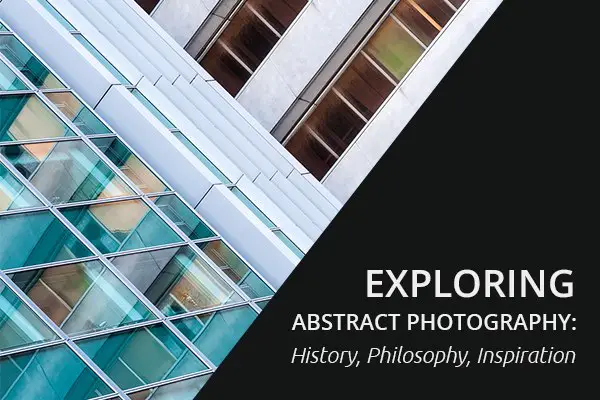
How can you explore new visual territory hidden within old subjects you know well? Or what can you do to find some new inspiration and break out of your photographic rut?
Abstract photography has the potential to be the answer to all of these questions. Often, people use the term “abstract art” in a derogatory sort of way, implying that a work of art is pretentious, or that the artist intentionally made his or her work difficult to understand. But abstract art is a valid form of expression that holds a wealth of potential for any artist willing to explore.
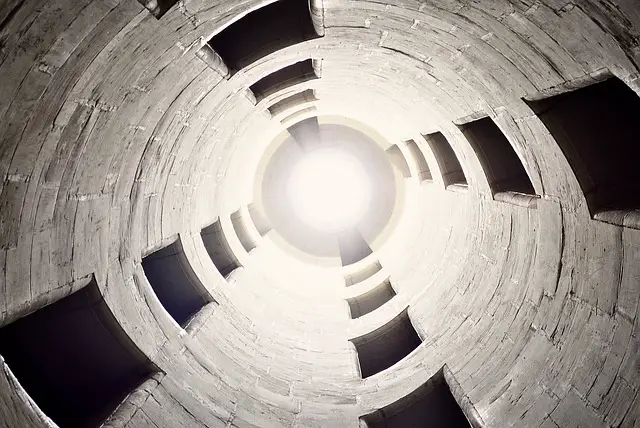
What Makes Art Abstract?
According Wikipedia, abstract photography “…is a means of depicting a visual image that does not have an immediate association with the object world and that has been created through the use of photographic equipment, processes or materials.”
What all of those syllables mean is that an abstract photograph doesn’t necessarily register immediately with the viewer as being whatever the subject is. For instance, you may take a photo of something as common as a chair, but, because of your choice of angle or how close you are to the chair or any other artistic decision you make, the photo isn’t really about the chair. It’s about a concept, or an emotion, or anything other than the chair.
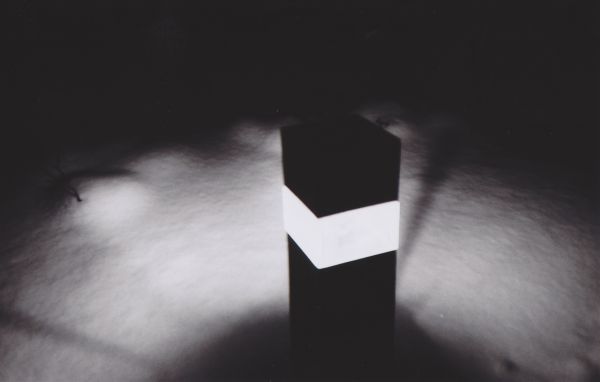
Does that make sense? Don’t feel bad if it doesn’t; abstract photography as a concept is sometimes as difficult to decipher as an actual abstract photo. As a matter of fact, many artists who work in this area are unwilling to apply a specific definition to abstract photography.
In the end, abstract photography is about removing the immediate, obvious meaning from your photographic subject, leaving it open and ready to be filled with some new idea or meaning.
History
Abstract photography’s roots developed in the wake of scientific discoveries that allowed people to visually document information that isn’t normally perceptible with the human eye. Scientists like John William Draper and Anna Atkins used unusual methods to produce images that were wholly unlike their origins.
Atkins made some interesting images by placing organic material such as algae and plants onto photographic paper, creating photograms. Her images, while still retaining much of the characteristics of her subjects, appeared different from anything seen before.
Abstract art, especially among painters, began to gain traction within the art world at the beginning of the twentieth century. Photographic and artistic pioneer Alfred Stieglitz began displaying works of abstract artists in his art gallery. As the twentieth century progressed, so too did work within the field of abstract photography.
As artists explored working in abstract concepts, the field of abstract photography and visual art began to expand to include ideas such as surrealism and expressionism. Artists began incorporating found materials into their art, such as Susan Rankaitis, who used used images from scientific textbooks to create photograms.
As technology has advanced, granting photographers and other visual artists more and more control over their images, the line separating photography from other forms of visual art has begun to erode. Now artists can, through digital manipulation, capture plain images and transform them into something entirely new, unique and unrecognizable.
Finding Ideas and Inspiration
If you’re interested in diving in and discovering abstract photography from behind the lens, then you should jump on in without worrying too much about definitions and philosophies. Here are a few things to consider if you’re wondering how to get started.
Get Close
One of the easiest ways to remove any immediate meanings or associations an object might normally possess is to get in so close to that object that it becomes unrecognizable. Through looking at an object very closely, an artist is often able to find unseen patterns or details.
Light Is Your Friend
Another way to find an abstract expression of the mundane or ordinary is to add dramatic or unconventional lighting to it. You can use light to highlight new areas of your subject, as well as to cast shadows that reshape and redefine your subject.
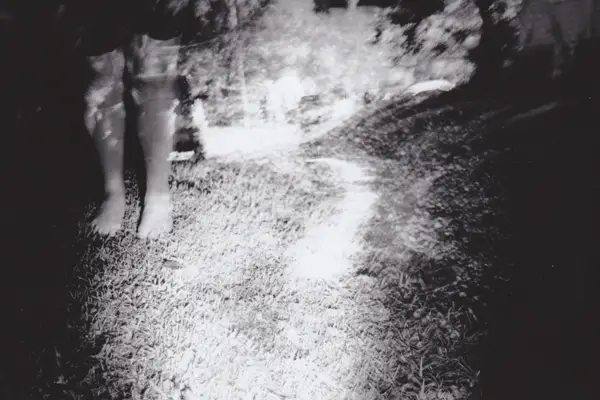
One of the masters of this practice was Ruth Bernhard. She used everyday items, such as Lifesavers candies, coupled with dramatic lighting, to explore new areas of shape and form. She also photographed people in odd and unique poses that displayed the human body in new and interesting ways.
One YouTuber put together a video displaying a collection of Bernhard’s work, which you can view below. (Be warned, there is some nudity.)
Something New in Something Old
If you decide to explore abstract photography, you could also consider re-examining old subject matter that you’ve left behind. Dig out old props you grew tired of a while back. Visit thrift stores, looking at knick-knacks and other trinkets that might hold some mysteries you hadn’t thought of before. You may even go so far as to be destructive, breaking glass or shredding paper in search of new patterns.
As far as an approach to abstract photography, there isn’t much you can do wrong. And even if you do do something not considered abstract in the traditional sense, you may still find some inspiration in places and practices you have never considered before.
Shape Versus Form
What are shape and form, and how are they related to abstract photography? Shape, as it pertains to visual art, is sort of the outline of an object. A cirle is a shape, as is a square, a triangle, etc. Form, however, refers to an object’s existence in three dimensions. Where a circle is a shape, a sphere is a form.
One of the biggest challenges photographers face is using a two-dimensional medium (shapes) to depict three-dimensional subjects (forms). Working in the abstract can help you as a visual artist develop a stronger understanding of these concepts by removing the (figurative) focus away from the subject and placing it on the subject’s form.
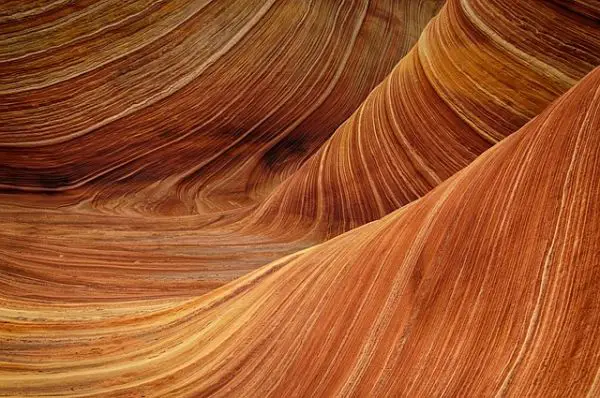
Have you worked within the area of abstract photography? What approaches do you employ? Who are some of your favorite abstract artists? Let us know in the comments below.
Make sure to check out our previous collection of amazing abstract photography examples.









What a nice abstract photography !!! Excellent work.